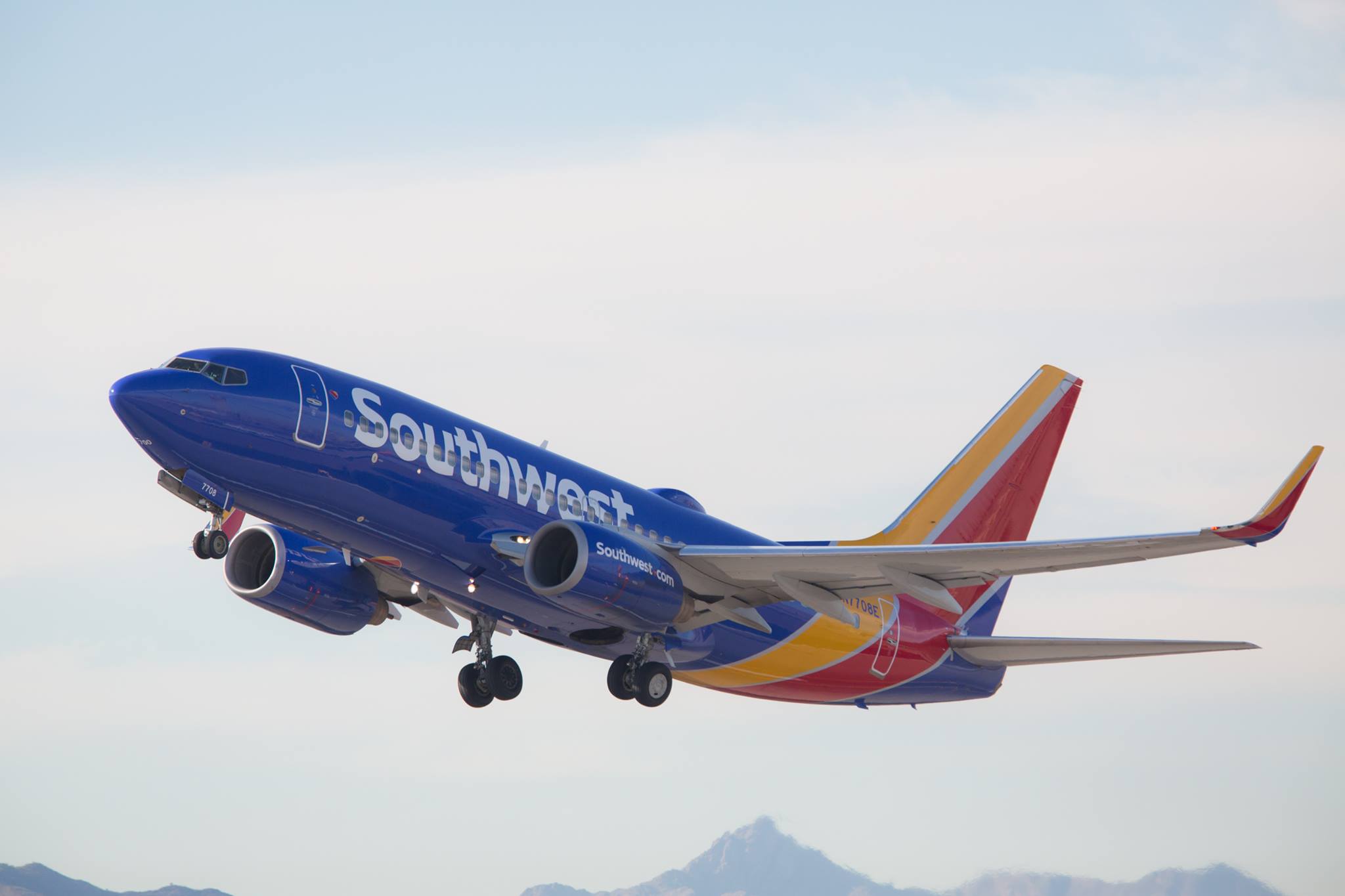Oil prices skyrocketed on Monday after a drone attack by Yemen's Houthi rebels -- likely with the support of Iran -- took more than half of Saudi Arabia's production offline. This put pressure on the U.S. stock market, with airline stocks hit particularly hard as jet fuel prices followed oil higher.
However, the impact wasn't felt evenly across all airlines. Southwest Airlines (LUV +0.14%) stock actually inched up slightly on Monday, whereas shares of American Airlines (AAL 2.20%) plunged 7%. Here's why rising oil prices pose a much bigger threat to American Airlines than to its crosstown rival.
Southwest Airlines vs. American Airlines Stock Performance, data by YCharts.
Oil prices surge -- but remain quite moderate
Last weekend's drone attacks won't impact the oil market's balance very much. Saudi Arabia is already restarting production at some oil fields that had been idle recently and should be able to recover completely within a few months -- or even within weeks. Meanwhile, global oil inventories are high and OPEC production cuts over the past year mean that other countries also have spare production capacity available.
Nevertheless, oil prices are incorporating a bigger risk premium in light of the recent attack. This reflects the possibility of retaliation by Saudi Arabia and its allies, the potential for similar attacks on Saudi production in the future, and the risk of an all-out regional war. The Brent crude spot price surged nearly 15% to around $69 per barrel on Monday, which would boost the price of jet fuel by about $0.20 per gallon. (Prices retreated somewhat on Tuesday.)
This would represent a nearly 10% increase in jet fuel prices compared to what Southwest Airlines and American Airlines have been paying recently. On the other hand, the recent Brent crude price of $69 per barrel is far below the $100-plus prices seen routinely between 2011 and mid-2014. Furthermore, oil prices are still lower than they were a year ago, so airlines should be able to make plenty of money even if the recent jump in oil prices sticks.
Why American is more exposed than Southwest
Investors correctly identified American Airlines as perhaps the biggest victim of the oil price spike. First, unlike Southwest Airlines, American hasn't done any fuel hedging for many years. As a result, it is fully exposed to the recent increase in prices.

The recent spike in oil prices could pinch American Airlines' profit next quarter. Image source: American Airlines.
By contrast, as of June 30, Southwest Airlines had hedged 63% of its projected fuel consumption for the rest of 2019 and more than half of its projected fuel consumption for 2020. It even had substantial hedges in place for 2021. Some of those hedges may only kick in if oil prices rise further, but the bottom line is that for the next couple of years, only a portion of any increase in the market price of jet fuel will filter through to Southwest's bottom line.
That said, there are lots of airlines that don't hedge their fuel exposure, yet American Airlines stock was hit harder than the others. There's a good reason for this. American Airlines' profit margin has been among the lowest in the airline sector recently, which makes its earnings more volatile as revenue and cost trends change.
Last year, American Airlines posted an adjusted pre-tax profit of $2.8 billion, while Southwest Airlines' adjusted pre-tax profit surpassed $3.1 billion. However, American is roughly twice Southwest's size and consumed more than twice as much fuel last year. Thus, even ignoring the impact of hedging, a sudden spike in fuel prices would have more than twice as big an impact on American's profitability compared to that of Southwest.
Even American Airlines should be able to offset this cost pressure
While the 15% spike in oil prices on Monday was a historically big swing for a single day, airlines have experienced plenty of volatility in oil prices over the past few years. Between June 2014 and January 2016, oil prices plunged by 75%, falling from $114 per barrel to less than $30 per barrel. By the end of 2016, oil prices had doubled, recovering to around $55 per barrel. Since then, prices have covered a wide range between $45 and $85 per barrel.
Over the past five years, rapid price declines have tended to boost airlines' profits and rapid price increases have reduced them (as expected). However, each time prices have risen, airlines have been able to gradually recover their lost profits by cutting underperforming routes and boosting fares and fees.
There's a wide gap in profitability between American Airlines' most profitable routes and its underperformers. In fact, the profit margins of the carrier's three most profitable hubs exceed its system average margin by more than 5 percentage points. American Airlines is already shifting capacity toward its higher-margin hubs, and any prolonged increase in jet fuel prices is likely to accelerate these moves. As a result, while a rebound in fuel prices could cause some temporary margin compression at American Airlines, the impact probably won't last long.








